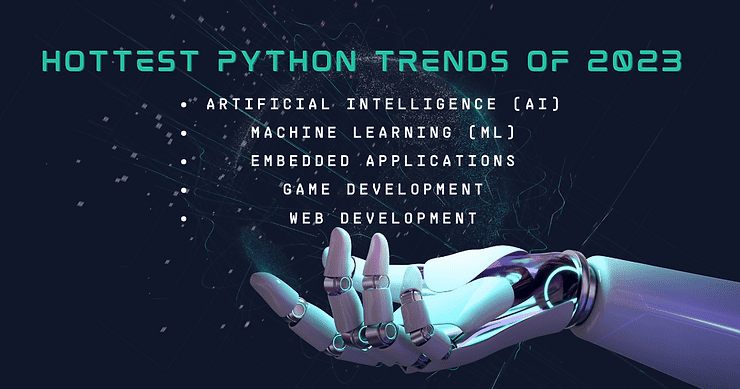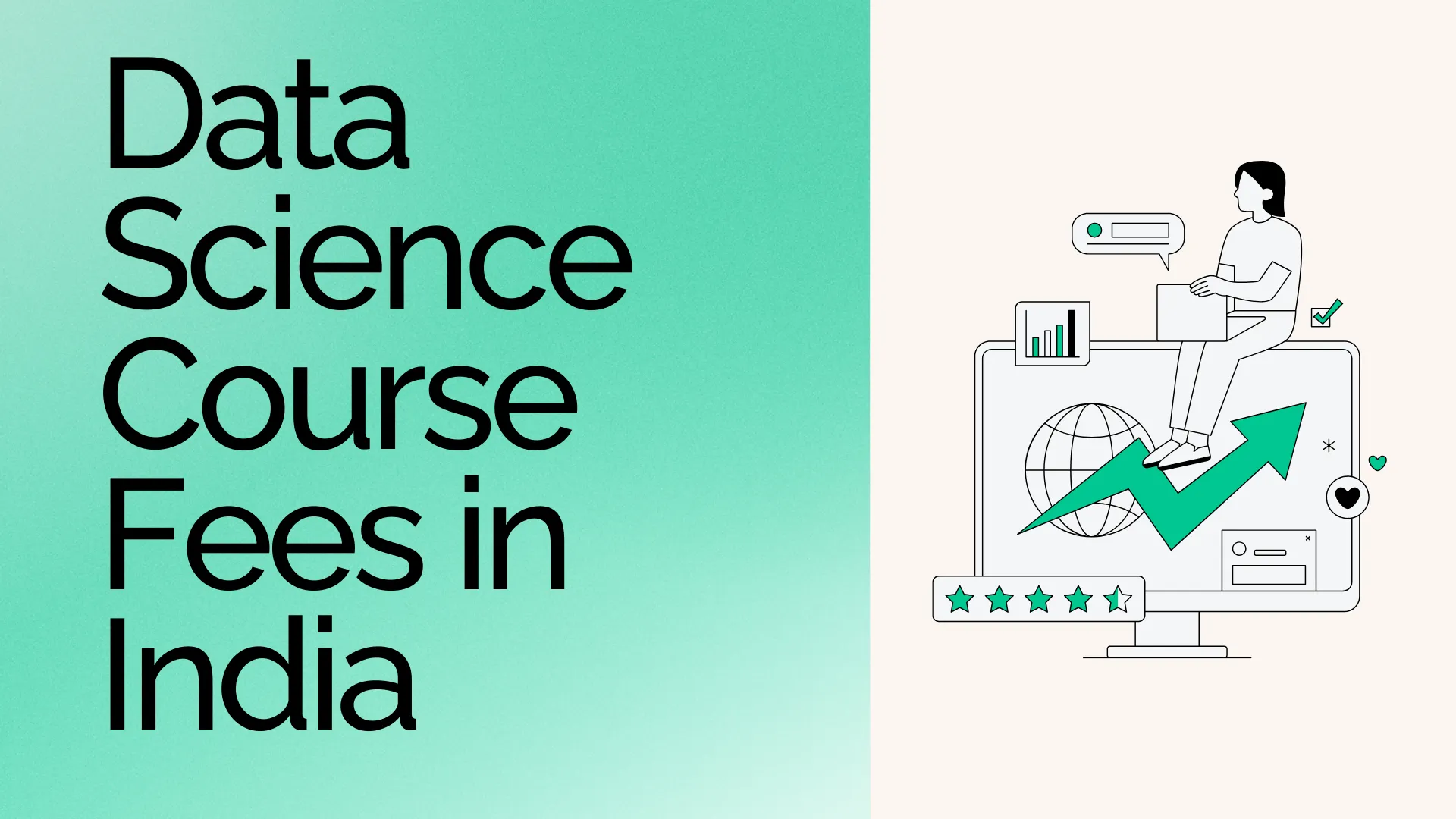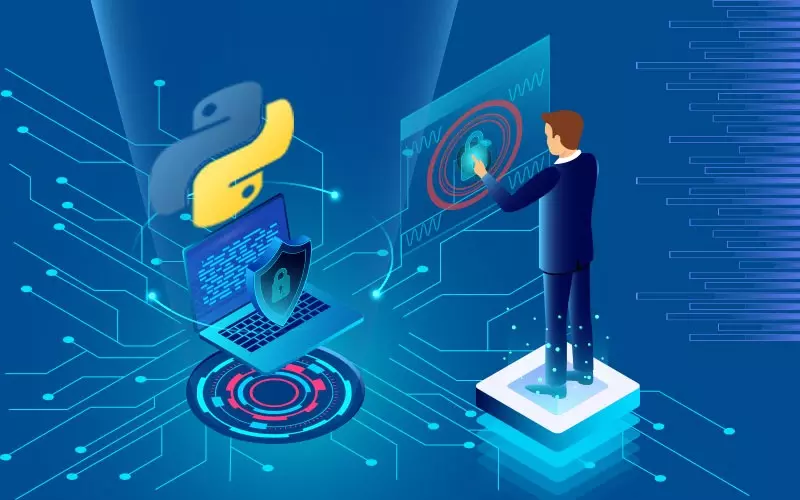Python Trends and Innovations: What to Expect in 2023
Introduction
In the rapidly evolving world of technology, Python has emerged as one of the most popular and versatile programming languages. Its simplicity, readability, and extensive library support have made it the go-to language for developers and businesses alike. As we move into 2023, let’s explore the exciting trends and innovations that are expected to shape the Python landscape and how they will address the readability issue that developers might face.
Python’s Growing Popularity
Adoption in Diverse Domains
Python’s popularity is set to soar even higher in 2023, as it continues to find applications across diverse domains. From web development to data science, machine learning to artificial intelligence, Python’s versatility is unparalleled.
Increasing Demand for Python Developers
With the increasing adoption of Python trends and innovations are, there will be a surge in demand for skilled Python developers is expect in 2023. Companies will seek professionals who can harness the language’s potential to develop robust and efficient applications.
Readability Enhancements
Type Hinting
To address the readability issue, Python will see a wider adoption of type hinting in 2023. Type hints make code more explicit, enabling developers to understand the data types involved, leading to more readable and maintainable codebases.
Pattern Matching
Pattern matching, an exciting feature introduced in Python 3.10, will gain traction in 2023. It allows developers to write more concise and readable code by matching and extracting specific patterns within data structures.
Improved Performance
Just-in-Time (JIT) Compilation
Python’s performance will witness a significant boost in 2023 with the implementation of Just-in-Time (JIT) compilation. JIT compilation will translate Python bytecode into machine code at runtime, resulting in faster execution and reduced latency.
Multi-Threaded Parallelism
With the increasing need for efficient multitasking, Python will embrace multi-threaded parallelism in 2023. This innovation will enable developers to execute multiple threads concurrently, enhancing the performance of Python applications.
AI-Powered Development Tools
AI-Enhanced Code Completion
AI-powered code completion tools will revolutionize the way developers write Python code in 2023. These tools will analyze existing codebases and provide context-aware suggestions, increasing coding speed and accuracy.
Code Refactoring Assistance
AI-driven code refactoring tools will assist developers in improving the readability and maintainability of their code. They will identify areas for improvement and suggest refactoring solutions, making code optimization easier and more efficient.
Security and Privacy Enhancements
Secure Code Libraries
In 2023, Python developers will prioritize the integration of secure code libraries into their projects. This measure will help in fortifying applications against potential security vulnerabilities, ensuring safer software development.
Data Privacy Frameworks
With data privacy becoming a paramount concern, Python will see the integration of robust data privacy frameworks in 2023. These frameworks will aid developers in handling sensitive data responsibly and in compliance with regulations.
Quantum Computing Integration
Quantum Computing Libraries
Python’s adaptability will extend into the realm of quantum computing in 2023, with the development of quantum computing libraries. Developers can leverage these libraries to explore and experiment with quantum algorithms and simulations.
Quantum Machine Learning
The intersection of quantum computing and machine learning will give rise to quantum machine learning in 2023. Python will be at the forefront of this innovation, enabling researchers to explore the potential of quantum algorithms for machine learning tasks.
Conclusion
As we look forward to 2023, Python’s trajectory is nothing short of promising. With a growing community of developers and an ever-expanding ecosystem of libraries and tools, Python will continue to dominate the programming landscape. The language’s readability issue will be addressed through type hinting, pattern matching, and AI-powered development tools, making Python code more accessible to developers of all levels.
FAQs
1. Why is Python so popular in 2023?
Python’s popularity in 2023 can be attributed to its versatility, ease of learning, and extensive library support. It finds applications in various domains, ranging from web development to AI and machine learning.
2. How will Python address readability concerns?
Python will address readability concerns by adopting type hinting, pattern matching, and AI-powered code completion and refactoring tools. These enhancements will make Python code more explicit and concise.
3. What are the performance improvements in Python for 2023?
Python will see performance improvements through JIT compilation and multi-threaded parallelism. JIT compilation translates bytecode to machine code at runtime, while multi-threaded parallelism allows for efficient multitasking.
4. How will AI influence Python development in 2023?
AI will play a significant role in Python development in 2023, offering AI-enhanced code completion and refactoring assistance. These AI-powered tools will boost productivity and code quality.
5. What security measures will Python adopt in 2023?
Python will integrate secure code libraries and data privacy frameworks in 2023 to bolster application security and protect sensitive data.





